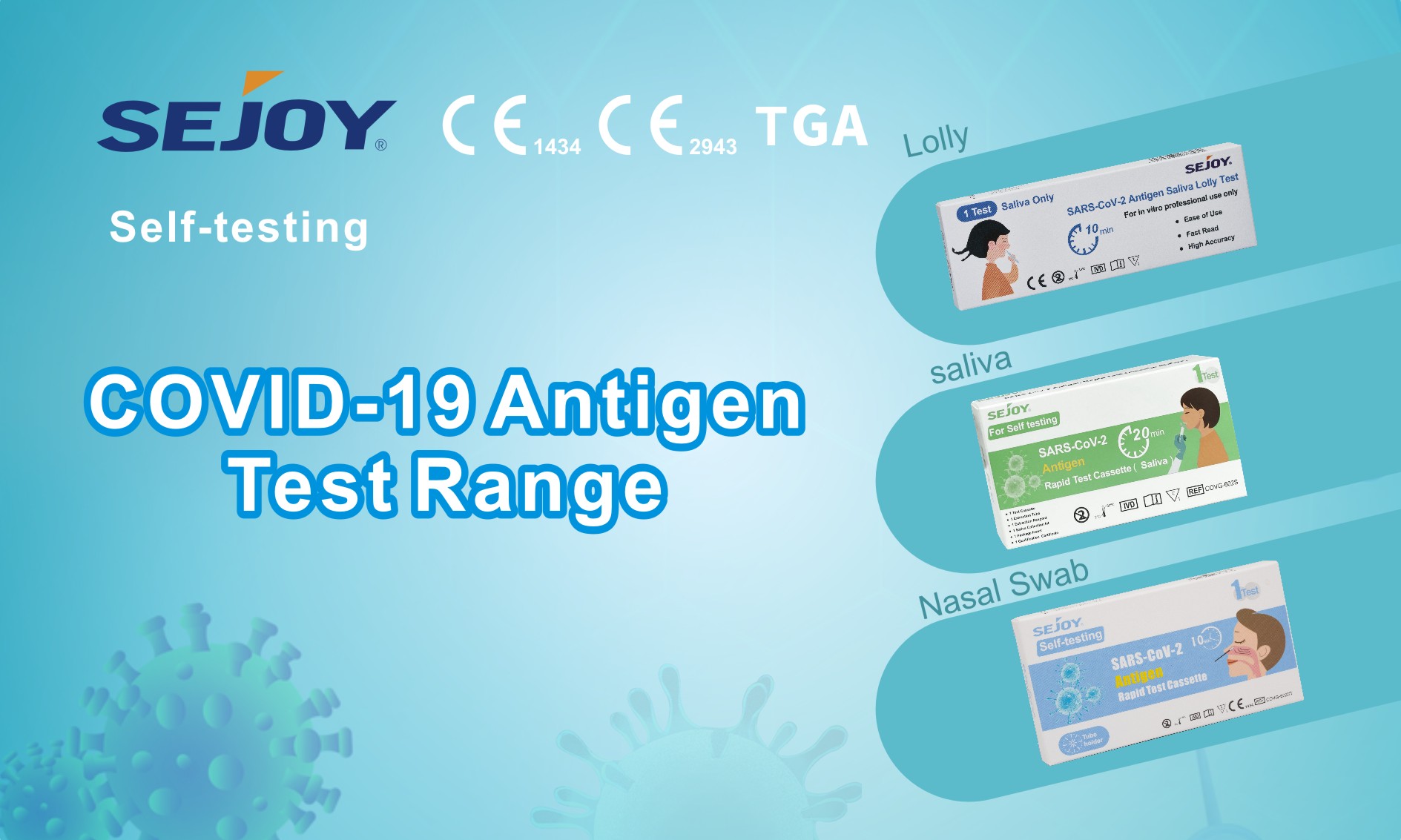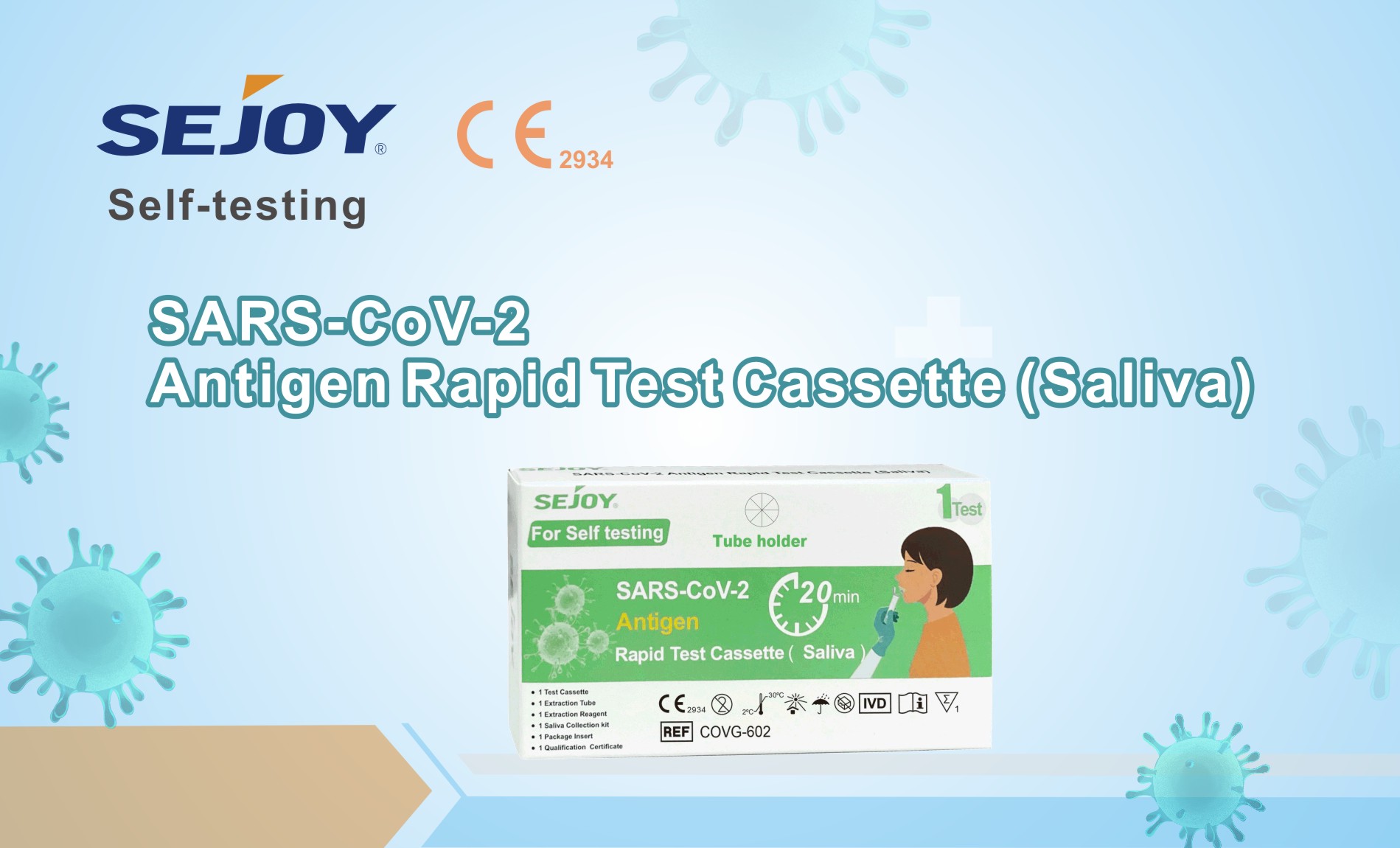In December 2019, an infection outbreak of SARS-CoV-2 (severe acute respiratory syndrome coronavirus 2) emerged in Wuhan, Hubei province, China, and rapidly spread around the world, having been declared a pandemic by the WHO on March 11, 2020. More than 37.8 million cases were reported by October 14, 2020 around the world, resulting in 1,081,868 deaths . The new 2019 coronavirus (2019-nCoV) is easily transmitted between humans through aerosol generation from infected people coughing, speaking or sneezing in close contact with others, and has an incubation period that ranges from 1 to 14 days.[1]
The genetic sequencing done to 2019-nCoV, on January 7, 2020, allowed for fast tool-development for diagnostic tests through RT-PCR (reverse transcription polymerase chain reaction). Besides preventing transmission, its early and rapid detection is essential in controlling the virus spread . Nasopharyngeal swabs (NPS) are widely used and recommended as a standard sample for the respiratory virus diagnosis, including SARS-CoV-2. However, this approach requires close contact with health professionals, increasing the cross-infection risk and may cause discomfort, coughing and even bleeding in patients, not being so desirable for serial viral load monitoring.
Salivary use for viral infection diagnosis has produced interest in recent years, mainly because it is a non-invasive technique, easy to collect and has a low cost. Due to the absence of a standard protocol, saliva collection can be obtained from: a) stimulated or unstimulated saliva t or through oral swabs. Several viral infections can be detectable in saliva, as Epstein Barr virus, HIV, Hepatitis C virus, Rabies virus, Human papillomavirus, Herpes simplex virus and Norovirus. In addition, saliva has also been reported as a positive detection means for coronavirus nucleic acid associated with severe acute respiratory syndrome and, more recently, SARS-CoV-2 .
The advantages of using saliva samples for SARS-CoV-2 diagnosis, such as self-collection and collection outside hospitals, are that multiple samples can be easily obtained and there is a reduced need for health care professional handling during the sample collection, reduced nosocomial transmission risk, reduced test waiting time, and reduced PPE, transport and storage costs. Another benefit for this non-invasive and economical collection method is a better perspective as community monitoring, both for asymptomatic infections and to guide end of quarantine.
[1] Saliva as a possible tool for the SARS-CoV-2 detection: A review
Post time: May-23-2022




